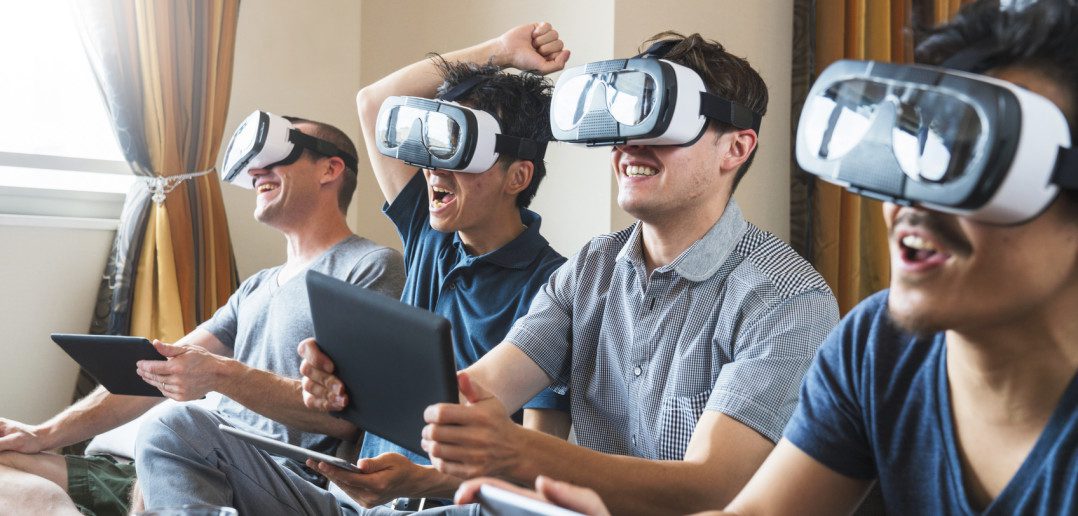In this series of posts from Reportlinker, we review the latest music+tech news, with one big statistic per news item. All you need to know, in figures!
Virtual Reality (VR) has been in the news quite a bit lately. It’s been called a revolutionary technology that’s going to change our lives in many ways. But is it really? Let’s cut through the hype to see what VR really means for the entertainment industry by the numbers.
- $162 billion: How much the VR market is forecasted to be worth in four years, according to analysts International Data Corp. That represents an 181% annual growth, with the market only expected to reach $5.2 billion this year. Why the rapid increase? The price of VR equipment is dropping, making it affordable to an increasingly larger customer base. And as developers find more uses for VR, the corporate world, including entertainment, will become one of its biggest customers. Source: IoT Now
- 360: A type of video made in VR that is a 360-degree picture. Some in the VR world consider this format not as true a form of VR as wearing a headset. However, some production companies are beginning to use 360 video to produce films. This has forced filmmakers to develop solutions to 360 video’s several technical issues. One problem, for example, is camera work. “Since it’s 360, unless you’re doing some kind of trick, you can’t hide anything from the camera. Everything needs to be practical. You can’t tailor it as much as traditional cinema,” Jon Riera, owner of 360-video production company Combo Bravo, said at a June VR arts festival. Ways to solve this problem include using drones and GoPro cameras. Source: Fader
- More than 100: The number of hours of Olympics coverage broadcast in VR in the United States by NBCUniversal, making Rio 2016 the first Olympic games to be broadcast in VR. Every sport plus the opening and closing ceremonies was broadcast using VR. The BBC also broadcast 100 hours of coverage in VR. The downside to this coverage is that viewers in both the U.S. and the UK need special equipment, a Samsung smartphone app and a headset, to view VR footage. Source: Sport Techie
- $600: The average price of an Oculus Rift headset. This compares to 2012 when most headsets were $40,000. Filmmakers are using this technology to experiment with new ways to not only make films, but attract an audience. As ticket sales decline for traditional films, VR could be a way to bring films to moviegoers without them leaving home. VR allows viewers to feel as if they are there when watching a movie. Films made in VR were recognised this year at the Sundance Film Festival as part of its New Frontier programme. Source: CNN
- Two: The number of characters in the VR animated film “Invasion,” produced by Baobab Films, excluding the user whose body appears on screen as a rabbit. The cartoon was made using a camera for the background that captured surroundings in all directions without stitching frames together. Source: Cnet
Find out more about virtual reality at MIPCOM 2016: full details in our conference programme
Top photo: © iStock / JGalione




